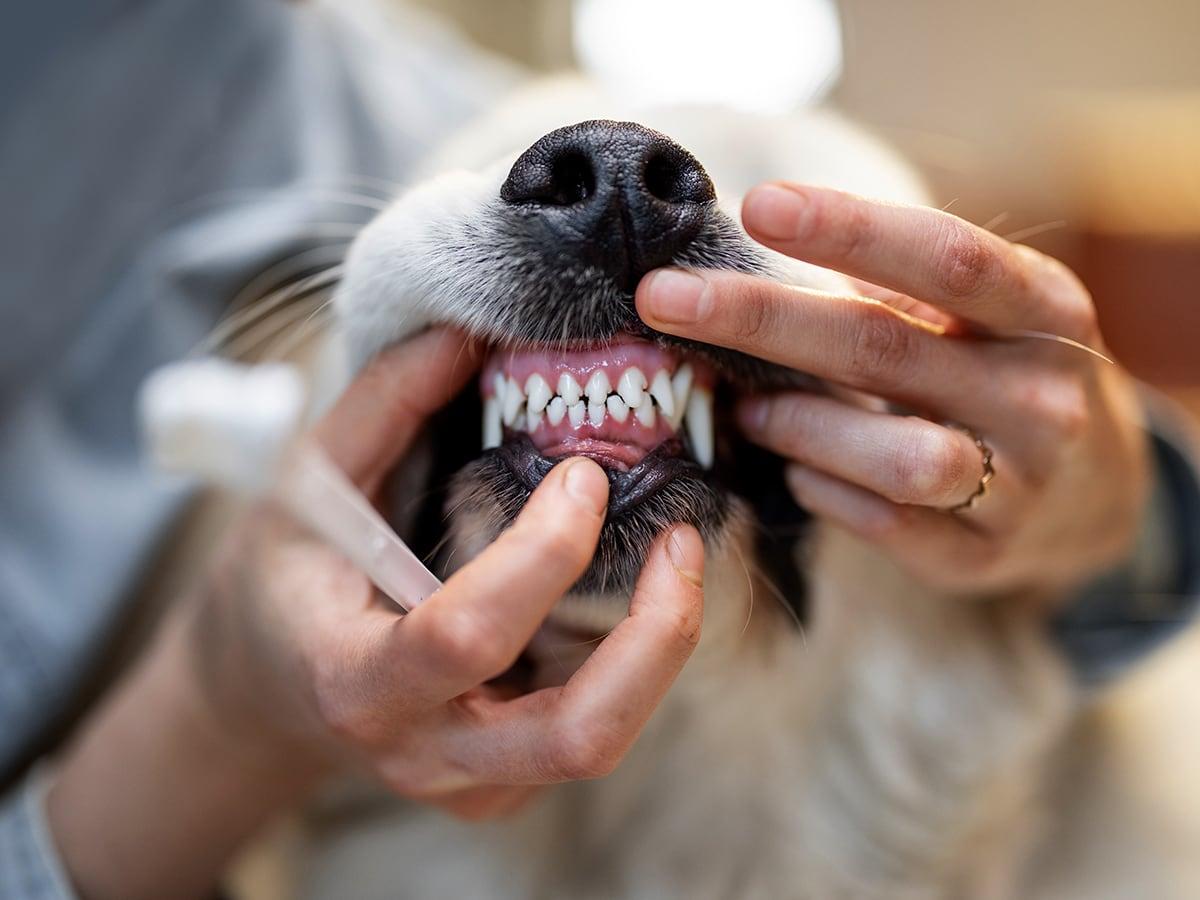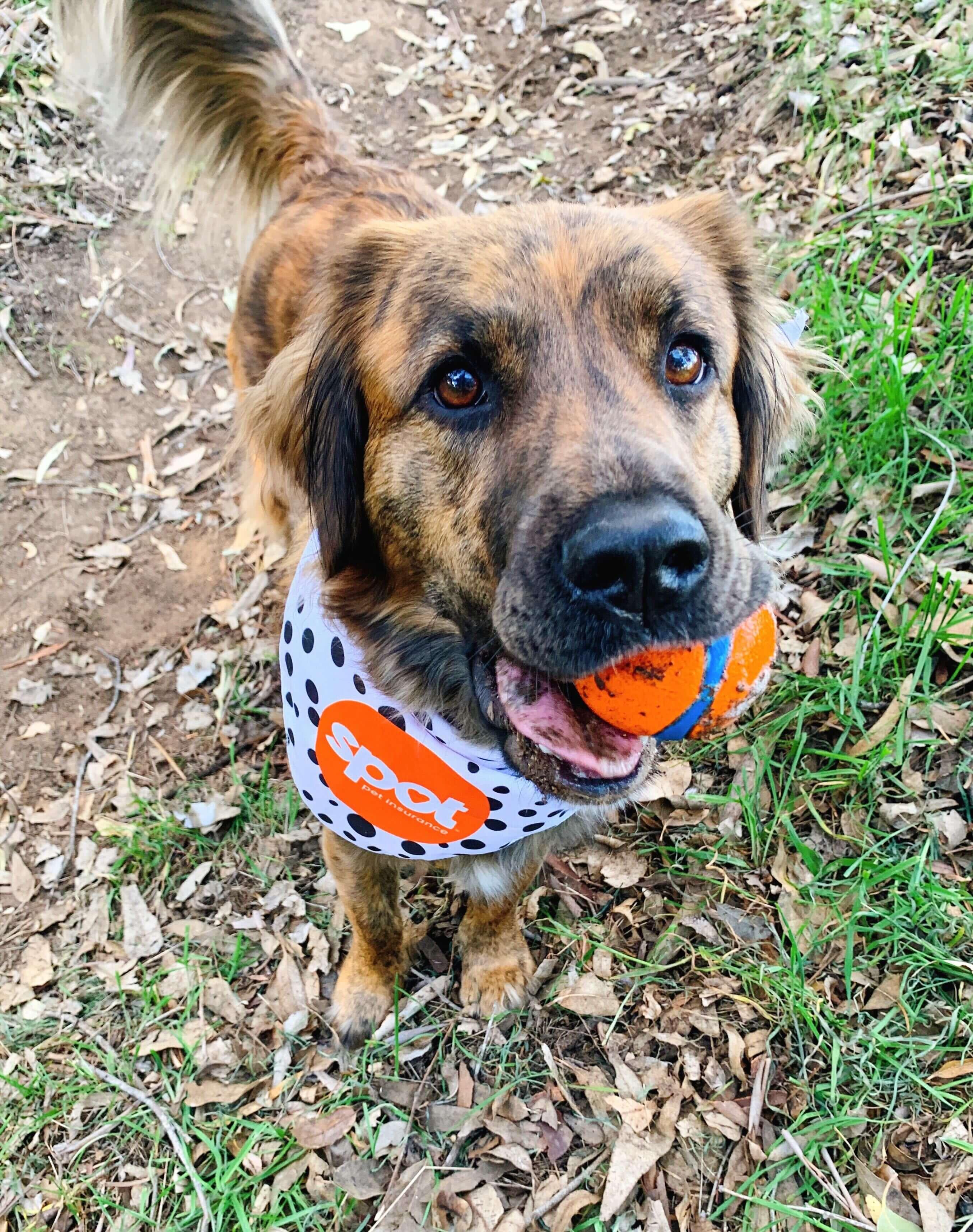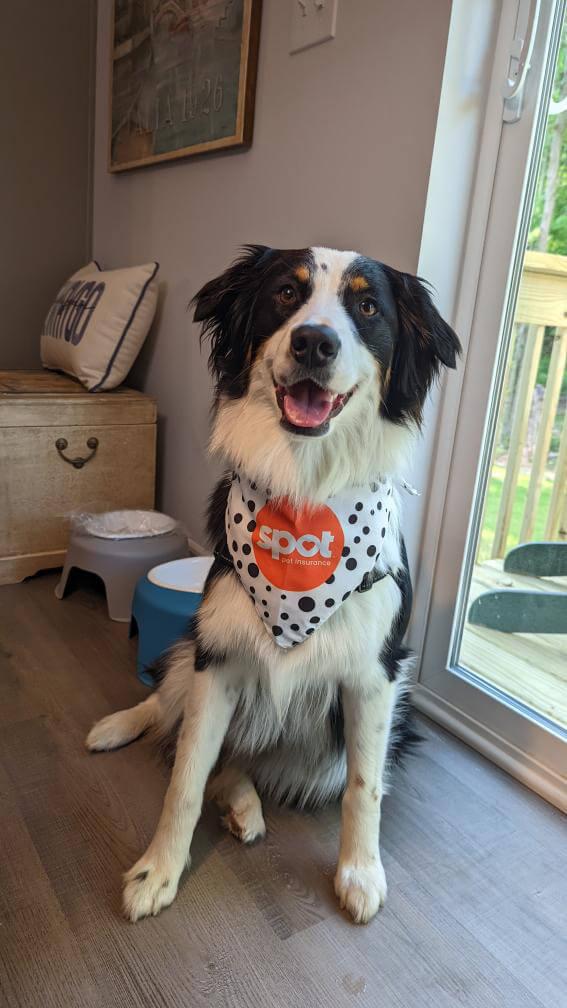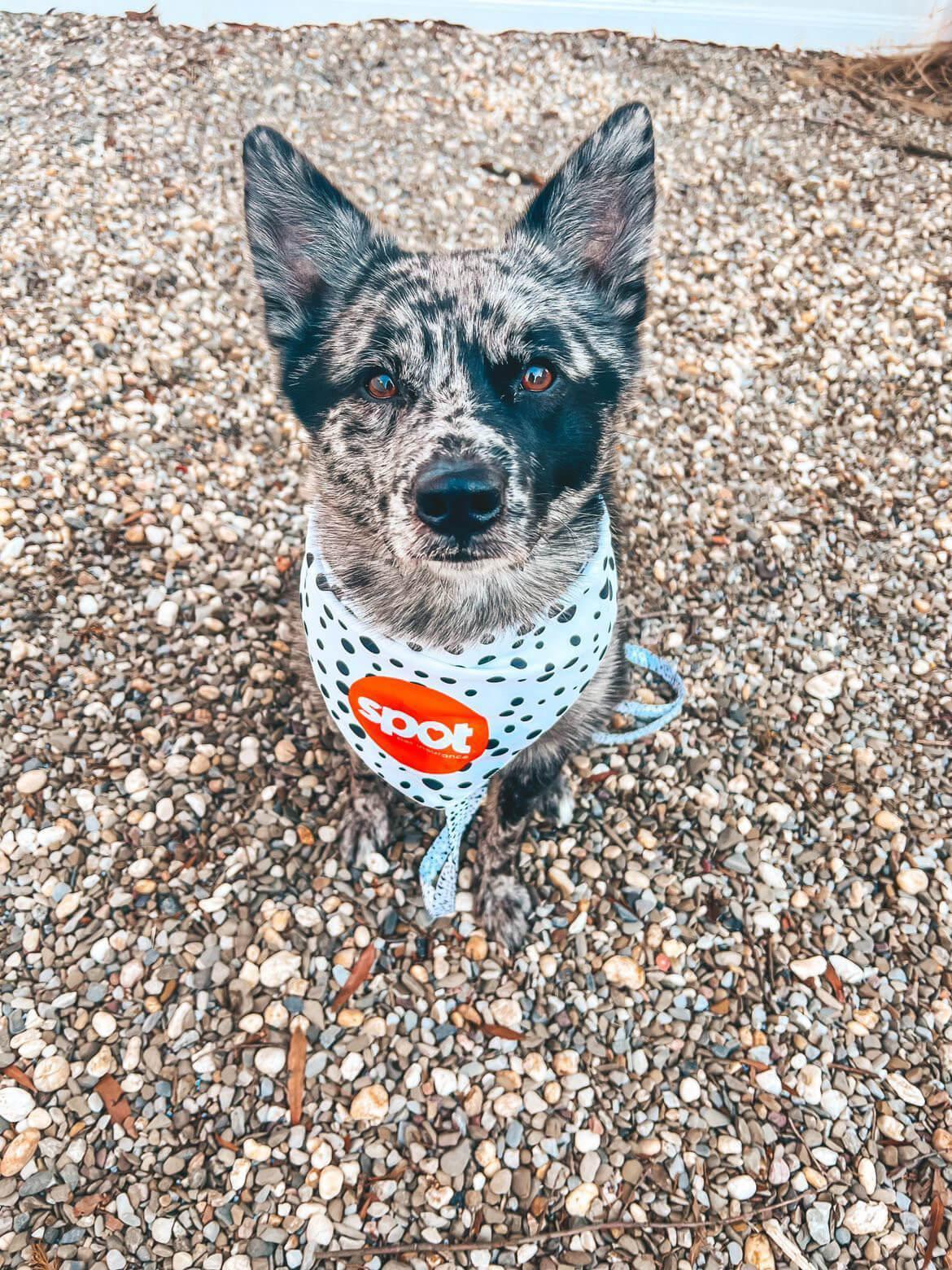Dogs have teeth, and while they are strong enough to bite bones, they can also go bad. And if you’ve ever had to go to a dentist, you would know that the bills can get big. Dental problems in dogs can be expensive to treat as well. Luckily, dog insurance can help cover it. However, dental problems can range from infections to broken teeth and sometimes mere teeth cleaning. The type of plan you have will dictate whether the particular cost is covered or not.
Let’s understand dogs and teeth a little more first.
Dogs and Teeth: An Overview
Adult dogs have 42 permanent teeth – 20 on the top jaw and 22 on the bottom one. Just like us, they start with milk teeth that start falling when they are around 3.5 months old. They get their full set of adult teeth by the time they are 6 months old.
These teeth can get into multiple issues because of the following: (1)
Poor hygiene
Age – General wear and tear
Overcrowding – If the milk teeth don’t fall off before the adult teeth start to grow, it can lead to overcrowding in the mouth, which can cause alignment issues.
Trauma – Accidents and injuries can lead to fractured teeth. Chewing on a very hard object can also cause it.
Diet – The type of food and quality of food can both determine dental health. Wet food, for example, sticks more to the teeth and hence increases the chances for bacteria to develop.
Are some breeds more prone to Dental Problems?
Yes, certain breeds are more prone to dental problems. Smaller breeds like Chihuahuas, Yorkshire Terriers, and Poodles have smaller mouths and hence a higher chance of teeth crowding. Dogs with flatter faces like Bulldogs, Boxers, French Bulldogs, and Shih Tzus also face a similar problem.
What are the symptoms of Dental Diseases in dogs?
It can be difficult to spot dental problems in dogs as, most of the time, you won’t see any symptoms. However, here are some signs that can indicate a problem in their mouths:(1)
Bad breath
Chewing on one side of the mouth
Weight loss or refusal to eat
Yellowish or brown covering on the teeth (possibly plaque or tartar)
Bleeding gums
Excessive drooling
Swelling on the face
Constant pawing at the face
Dropping food from the mouth
If you see any of these in your dog, you should consult a vet immediately before it gets worse. The vet might even sedate the dog to examine them if the dog doesn’t allow it. X-rays can also help identify problems in the roots.
Common dental problems in dogs
Dental problems are very common in dogs. They are one of the most common medical conditions seen by vets. A study shows that over 80% of dogs over the age of three have active dental disease(2). Here are the most common dental diseases found in dogs(1):
Plaque – The build-up of saliva, food, and bacteria in the teeth eventually turns into a hard, brown substance called tartar. It can damage the teeth and cause a lot of pain to the dog. The bacteria can even enter the blood and cause problems in the kidneys, heart, and liver.
Gingivitis – The same plaque and tartar can cause the gums to get inflamed, red, and bleed. This is called gingivitis.
Abscess – When the bacteria get underneath the gums, it can cause an infection called a tooth root abscess. They can be very painful and are usually seen as an inflammation just under the eyes.
Periodontal Disease- This is a gum disease that is described as infection and inflammation of the tissues surrounding the teeth.
Broken teeth – Accidents and injuries can cause teeth to break. They are usually very strong, but in case they are infected by bacteria, they can break or crack easily. Dogs that have a habit of chewing on furniture have a higher chance of cracked teeth.
How to treat dental problems in dogs?
The treatment can be basic or elaborate, depending on the problem. Common treatment options include a dental procedure like tooth removal or surgery. Anti-inflammatory medicines are usually prescribed for pain relief. Not all cases may need antibiotics, but the vet may prescribe them in case of infections.
What is the cost of treating dental problems in dogs?
The cost, just like the treatment, will totally depend on the problem. Here are some average costs for common dental problems – (3) (4)
Dental cleaning - A basic dental cleaning can cost anywhere between $100 and $200.
Extraction - $100-$120 per tooth
Root Canal - $1500-$3000
Periodontal Disease - $1500-$1900
If your dog needs anesthesia, you can expect to spend around $200-$300 more on the surgery, depending on the complication. Apart from these, there may be some diagnostic costs attached. An oral exam may cost you around $50-$90. X-rays typically cost between $125-$250. Bloodwork will cost you around $100-$150.
Does dog insurance cover dental problems?
Yes, dog insurance can help cover dental, but the kind of plan that you have determines what exactly can be covered with pet insurance. If you have an accident and illness plan, you can be covered for dental accidents like fractures and different types of dental illnesses. While most plans do not cover dental cleanings, there is usually a wellness add-on that you can add for an extra cost that will help cover them.
Does Spot Pet Insurance cover dental problems?
Yes, the accidents and illnesses plan by Spot Pet Insurance can help cover your pet’s dental problems, and our wellness add-on can help cover the cost of dental cleanings as well. The only condition is that the condition should not be pre-existing, and symptoms should start after the waiting period.
Apart from the cost of surgery, we can also help cover the costs of diagnosis, prescription diets, alternative therapies, and much more.
More about Spot Pet Insurance
Spot accident and illness plans can be used with any licensed vet in Canada or the U.S. Whether you are home or traveling to the U.S., veterinary services your pet receives for the diagnosis, treatment, or management of covered conditions can be eligible for reimbursement. Spot’s accident and illness plans can help cover a variety of conditions, including broken bones, lacerations, aggression, kidney disease, diabetes, and more. With the addition of Wellness Riders for an extra cost, you can also receive reimbursements for wellness exams, certain vaccinations, dental cleanings, and more.
Learn more about dog insurance or get a free quote!

With 15 years as a dog and cat parent, my pet articles are a mix of humor and firsthand experience - proof that the best stories often come with paws and purrs.
Dental disease in dogs. (n.d.). PDSA. https://www.pdsa.org.uk/pet-help-and-advice/pet-health-hub/conditions/dental-disease-in-dogs
Dental disease in dogs | VCA Animal Hospitals. (n.d.). Vca. https://vcahospitals.com/know-your-pet/dental-disease-in-dogs
Taffer, M. (2024, September 20). How much does it cost to remove a dog’s tooth? Betterpet - Advice From Veterinarians and Actual Pet Experts. https://betterpet.com/dog-tooth-extraction-cost/
Steere, K. (2021, December 23). Budgeting for pet dental costs: vet bills, insurance & more. Pawlicy Advisor. https://www.pawlicy.com/blog/pet-dental-cost-budget/











